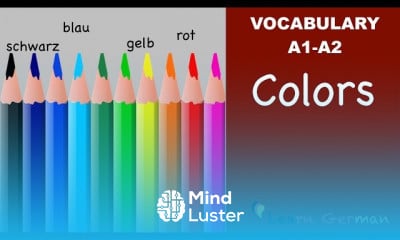French Feminine Plural Possessive Pronouns
Share your inquiries now with community members
Click Here
Sign up Now
Lesson extensions
Lessons List | 4
Lesson
Comments
Related Courses in Languages
Course Description
French possessive pronouns,
in this course we will learn about French possessive pronouns such as le mien, la tienne, les nôtres, and more. You’ll understand how they differ from possessive adjectives (mon, ma, mes) and how to use them correctly based on gender and number. Through guided lessons and practical examples, you'll master when and how to use possessive pronouns to replace nouns and avoid repetition. We'll explore their placement in sentences, pronunciation tips, and their role in both formal and informal conversations. With interactive exercises and real-life dialogue practice, this course will help you speak and write more naturally in French. Whether you're just starting with French grammar or looking to refine your skills, this course is your key to mastering French Possessive Pronouns with ease and confidence. Let's begin learning now. Learn French With Alexa
Trends
Graphic design tools for beginners
Financial Accounting
Figma for UX UI design
Logo Design
Accounting Finance course
Advanced Logo design methods
Web design basics
Graphic Design | Photoshop
Customizing type for logos
UX design career in 2025
Accounting
Best zoology books
Graphic Design Basics
Essential skills for web designers
Freelance graphic design business
Web Design 101 Free Full Course
SQL for accountants and finance managers
Web Design Using HTML CSS
Mastering logo design in illustrator
Figma Signing Up and Signing In
Recent
Bioinformatics basics
Bioinformatics databases
Vitamin A to Z tablets
Best zoology books
Best cream for piles pain
Laser surgery for piles
Best cream for piles
Anal fissure treatment
Best antibiotics for diseases
Antibodies structure
Macrophage structure
Drosophila genetics
Diagnostic tests
Bioinformatics
Genetics
Gene therapy
Kidney structure
DNA replication and types
Bacterial cell structure
Parasite structure

















